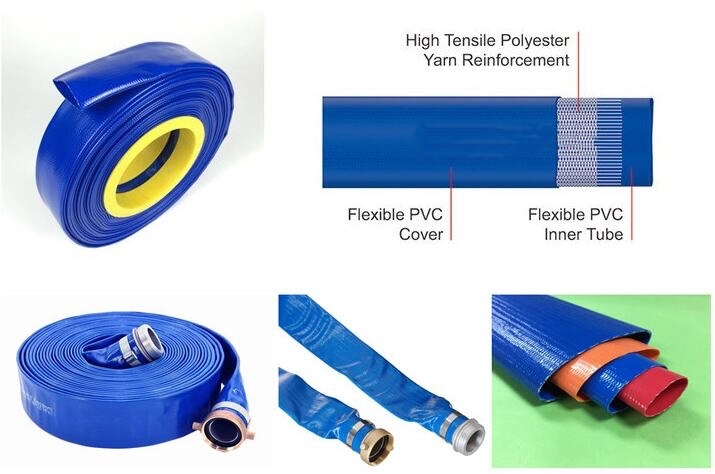oxy acetylene welding hose
Understanding Oxy-Acetylene Welding Hoses A Comprehensive Overview
Oxy-acetylene welding is one of the most widely used welding processes, renowned for its versatility and effectiveness in joining metal pieces. Central to this process is the welding hose system, which plays a crucial role in delivering oxygen and acetylene to the welding torch. Understanding the components and characteristics of oxy-acetylene welding hoses is essential for anyone involved in welding applications.
Composition and Structure of Welding Hoses
Oxy-acetylene hoses are typically made from synthetic rubber compounds designed to withstand high pressures and temperatures. They are color-coded for identification the oxygen hose is generally colored green, while the acetylene hose is red. This color-coding helps prevent mistakes that could lead to dangerous leaks or explosions.
These hoses consist of several layers, including an outer layer that provides protection against abrasion and damage, a middle layer that reinforces the hose's structure, and an inner layer that is resistant to the gases transported through it. The combination of these materials ensures durability and safety, critical for high-pressure environments.
Safety Features and Regulations
Given the flammable nature of acetylene and the high-pressure oxygen involved in the welding process, safety is paramount. Regulations set forth by organizations such as the American National Standards Institute (ANSI) and the Compressed Gas Association (CGA) dictate the manufacturing and testing standards for these hoses. For instance, hoses must be tested for tensile strength and pressure durability to ensure they can safely handle the demands of welding operations.
oxy acetylene welding hose

Additionally, proper usage and maintenance of the hoses are vital for safety. Welders should regularly inspect hoses for signs of wear, such as cracks, frays, or leakage. Proper storage is equally important; hoses should be coiled and kept away from sharp objects or heat sources that could compromise their integrity.
Best Practices for Use
When setting up an oxy-acetylene welding station, it is important to use the correct hoses and fittings to ensure a secure and leak-free connection. Using compatible regulators and torches specifically designed for oxy-acetylene systems enhances both safety and performance. Regular purging of hoses before use is also recommended to eliminate any contaminants.
Moreover, welders should be trained in recognizing the signs of potential hazards, such as the smell of gas or abnormal flames at the torch. Understanding how to respond to such situations can prevent accidents and ensure a safe working environment.
Conclusion
Oxy-acetylene welding hoses are integral to the welding process, ensuring a reliable supply of gases required for effective metal joining. By prioritizing safety features, recognizing regulations, and adhering to best practices, welders can maximize the efficiency and safety of their operations. A comprehensive understanding of these hoses is essential for achieving high-quality welds without compromising safety.
-
Top Quality Oxy Acetylene Hoses for Sale Fit for Welding DemandsNewsJul.28,2025
-
The Future of Pneumatic Air Tubes in IndustryNewsJul.28,2025
-
Superior and Reliable LPG Hose Pipe Solutions for Every NeedNewsJul.28,2025
-
Exceptionally Durable and Versatile Premium Braided PVC TubingNewsJul.28,2025
-
Best Adapters for Connecting Garden Hose to PVC Pipe ConnectionsNewsJul.28,2025
-
The Essential Role of LPG Hoses in Safe and Efficient Gas DistributionNewsJul.16,2025














